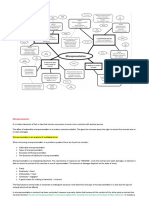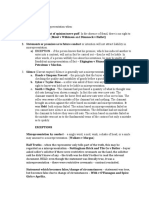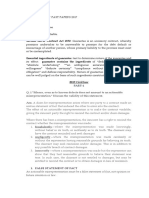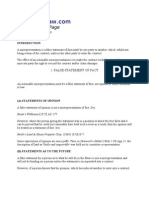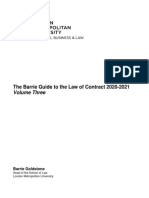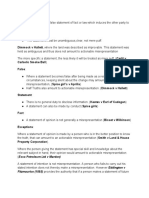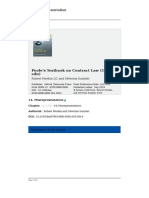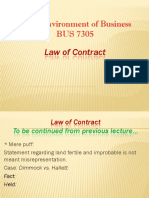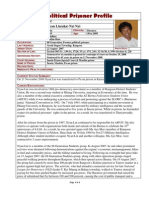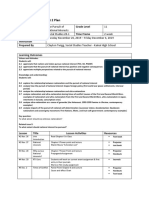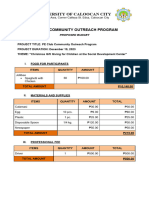0% found this document useful (0 votes)
20 views10 pagesAssignment CPL
A Prospectus is a legal document issued by a company to raise capital, detailing its business, financial condition, and associated risks. Misrepresentation occurs when false statements induce a party to enter a contract, leading to potential legal actions for damages or rescission. Investors harmed by misleading statements in a prospectus can seek remedies under the Investment and Securities Act, which includes compensation, criminal penalties for responsible parties, and administrative resolutions through the SEC and Investment and Securities Tribunal.
Uploaded by
onyekachimonday2Copyright
© © All Rights Reserved
We take content rights seriously. If you suspect this is your content, claim it here.
Available Formats
Download as DOCX, PDF, TXT or read online on Scribd
0% found this document useful (0 votes)
20 views10 pagesAssignment CPL
A Prospectus is a legal document issued by a company to raise capital, detailing its business, financial condition, and associated risks. Misrepresentation occurs when false statements induce a party to enter a contract, leading to potential legal actions for damages or rescission. Investors harmed by misleading statements in a prospectus can seek remedies under the Investment and Securities Act, which includes compensation, criminal penalties for responsible parties, and administrative resolutions through the SEC and Investment and Securities Tribunal.
Uploaded by
onyekachimonday2Copyright
© © All Rights Reserved
We take content rights seriously. If you suspect this is your content, claim it here.
Available Formats
Download as DOCX, PDF, TXT or read online on Scribd
/ 10









